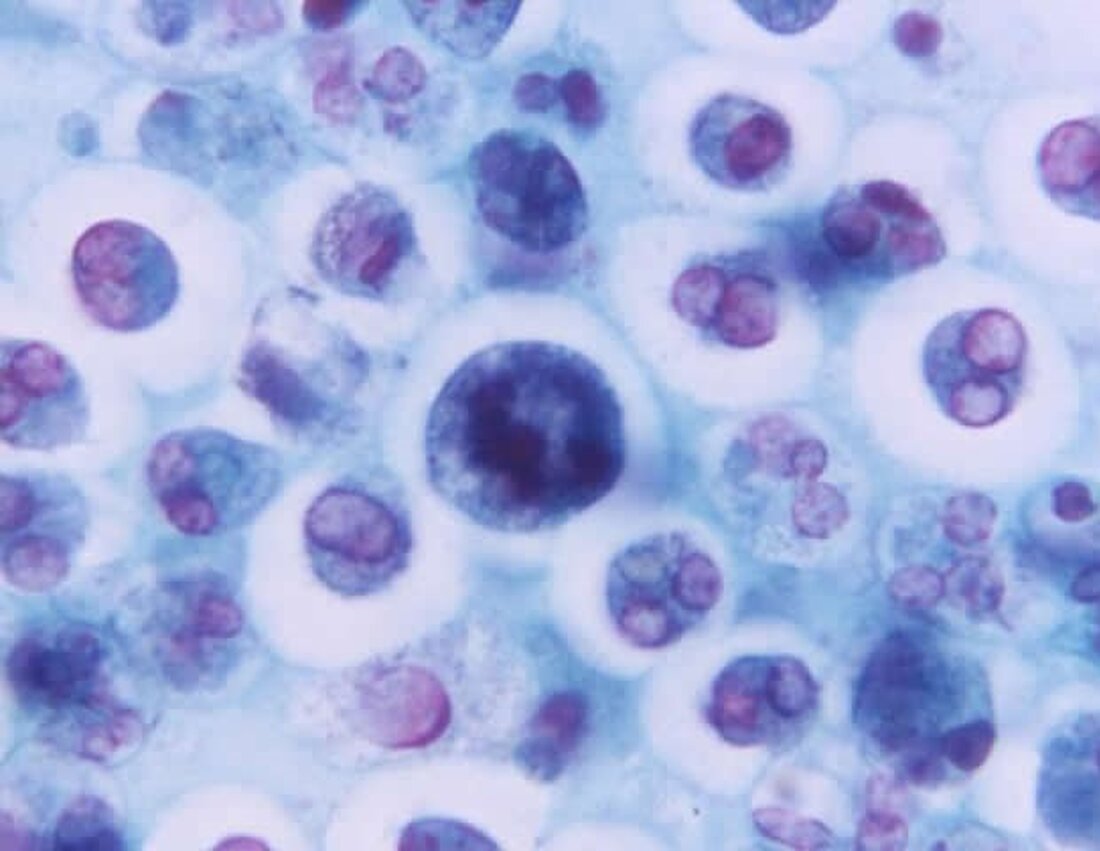Chemokines are likely associated with the risk of osteoporotic hip fracture in older men
Bone health requires balanced activity of different bone cell types, including bone-forming osteoblasts and bone-resorbing osteoclasts. Osteoporosis occurs when osteoclasts dominate without sufficient bone formation to compensate. In new research published in the Journal of Bone and Mineral Research, increased blood levels of a certain chemokine, or small signaling protein that promotes the formation of osteoclasts, have been linked to a higher risk of hip fractures in men. The study involved 55 men and 119 women who had suffered a hip fracture an average of 6.3 years after blood collection. Participants were individually matched to controls who did not develop hip fractures. The researchers…

Chemokines are likely associated with the risk of osteoporotic hip fracture in older men
Bone health requires balanced activity of different bone cell types, including bone-forming osteoblasts and bone-resorbing osteoclasts. Osteoporosis occurs when osteoclasts dominate without sufficient bone formation to compensate. In new research published in the Journal of Bone and Mineral Research, increased blood levels of a certain chemokine, or small signaling protein that promotes the formation of osteoclasts, have been linked to a higher risk of hip fractures in men.
The study involved 55 men and 119 women who had suffered a hip fracture an average of 6.3 years after blood collection. Participants were individually matched to controls who did not develop hip fractures.
Researchers observed higher blood levels of the chemokine CXCL9 in the pre-fracture blood samples of men with subsequent hip fractures compared to their controls without fracture. No such difference was seen in women.
The unexpected difference in results between men and women in our study may be explained by how changes in sex hormone levels during aging may influence the levels and effects of CXCL9 differently in older men and women.”
Woon-Puay Koh MBBS, PhD, corresponding study author, National University of Singapore
“Our results raise the exciting possibility that early interventions targeting CXCL9 or CXCL9-CXCR3 signaling could be beneficial in preventing hip fractures in older men,” added co-author Christoph Winkler, PhD, also from NUS.
Source:
Reference:
Phan, QT, et al. (2022) CXCL9 predicts the risk of osteoporotic hip fracture in a prospective cohort of Chinese men - a matched case-control study. Journal of Bone and Mineral Research. doi.org/10.1002/jbmr.4646.
.

 Suche
Suche
 Mein Konto
Mein Konto
